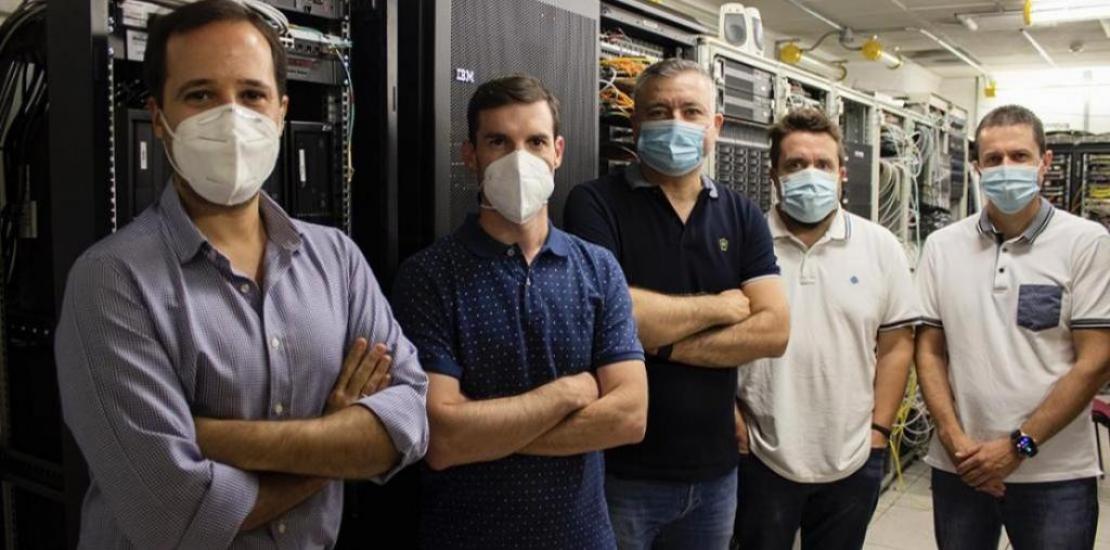A UCAM thesis creates a method based on artificial intelligence to obtain medicines eight times faster
The prestigious journal Applied Soft Computing has published the research of Antonio Serrano, directed by teachers Andrés Bueno-Crespo and José Luis Abellán, which is based on an reinforcement learning algorithm. It is a first step towards accelerating the discovery of new drugs.
he prestigious Dutch journal ‘Applied Soft Computing’, one of the 10 best in the world in the area of Interdisciplinary Applications of Computer Science, has recently published a work from the doctoral thesis of the researcher Antonio Serrano, from the Bachelor’s Degree in Computer Engineering at UCAM. This work describes a method capable of finding new drugs up to eight times faster than traditional procedures.
The research has been carried out by a multidisciplinary team composed of the UKEIM (to which Antonio Serrano, Andrés Bueno-Crespo, José Luis Abellán and Baldomero Imbernón belong), BIO-HPC (Horacio Pérez-Sánchez), and DISCA groups from the Polytechnic University of Valencia (José M. Cecilia). These researchers use a prediction method called ‘QN-Docking’ that uses artificial intelligence based on a reinforcement learning algorithm and a neural network that helps to find the best possible solution among potential drugs.
The long time required to find and validate any drug has led in recent years to the use of Computational Chemistry, which, using techniques such as virtual screening, performs simulations and discards unviable drugs before moving on to the clinical phase. The progress of UCAM’s research focuses on the speed with which they carry out these simulations. The ‘QN-Docking’ method, compared to other common procedures, offers satisfactory results up to eight times faster. The finding, according to the researchers, is the first step in what could be a revolutionary solution to speed up the discovery of new drugs.
Through this method, the algorithm executed on a computer tests the different positions of the candidate drug by describing a series of virtual trajectories until the best possible docking with the receptor molecule involved




